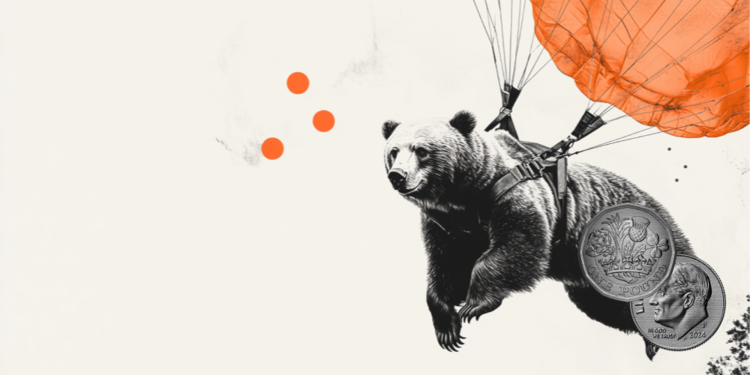Apple fans have been counting the history of this type of gadgets since 2015, and many others associate the appearance of the first smartwatches with the release of Pebble wearables, which successfully raised funds for a launch through Kickstarter by 2013. However, both opinions are wrong, because the first smartwatches began to appear in the second half of the 20th century. Of course, they were clearly not intended for the general user, but the then technology enthusiasts used them with great pleasure. Interestingly, the first device that could once be considered smart, in general, had more to do with the fashion industry, and not the computer industry.
Originally surprised by the digital display of time
This is exactly what the 1970 Hamilton Pulsar P1 was proud of
Once upon a time, the digital display of time on a watch dial was already considered something incredible and really smart. That is why the Hamilton Pulsar P1 watch made a splash in 1970 and determined the development of chronometers for the coming years. These watches were equipped with a quartz movement, which was responsible for the accuracy of the time. But they did not make the characteristic sounds “tick” and “so”. This is due to the lack of a dial with moving elements. Instead, the time was displayed using special red diodes. Interestingly, it was not always shown, but only when the power button was pressed. Convenience has been controversial, but the breakthrough is clear.
The first smartwatches were able to store text records
1983 Seiko UC-2000 had a 2KB drive
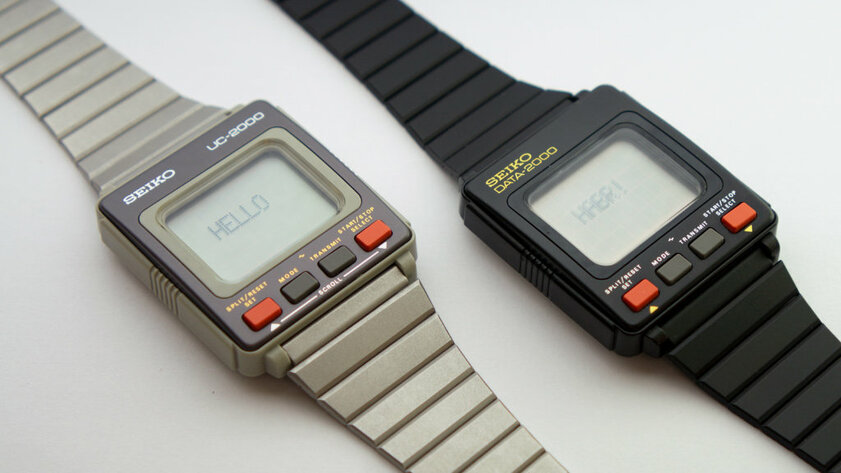
The 70s and 80s of the last century were characterized by a boom in computer technology. And this applies not only to stationary multifunctional machines, but also to other electronics, including wearable ones. In this regard, the activities of Seiko deserve special attention. She began experimenting with smartwatches back in the early 80s. The UC-2000 model, for example, could store text records. Today, it seems that there is very little practical benefit from such a set of features. However, do not forget that we are talking about the functionality of 40 years ago. The real e-digital book on the wrist is something amazing for its time.
Synchronizing data with a PC was also considered a smart feature.
The Seiko RC-1000 Wrist Terminal from 1984 did it
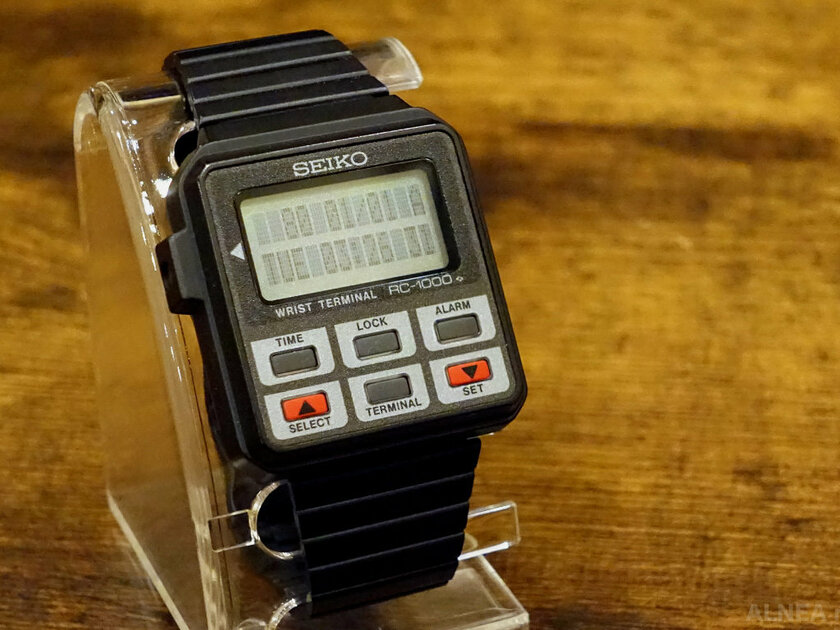
Personally, I am very upset today by the impossibility of synchronizing smart watches with a computer. For some reason, absolutely all manufacturers decided that users had enough interaction with a smartphone. It is a pity that they have forgotten about those who spend much more time at a laptop, and not with a mobile device in their hands. However, at the end of the last century, smartphones, by and large, were not available, so manufacturers had no choice. Using the computer to which the Seiko RC-1000 Wrist Terminal was connected, it was possible to add alarms with text recordings to them, as well as create notes and correct world time data.
The prerogative of smartwatches was the alarm clock and world time
These features were also in the Seiko RC-4000 from 1984.
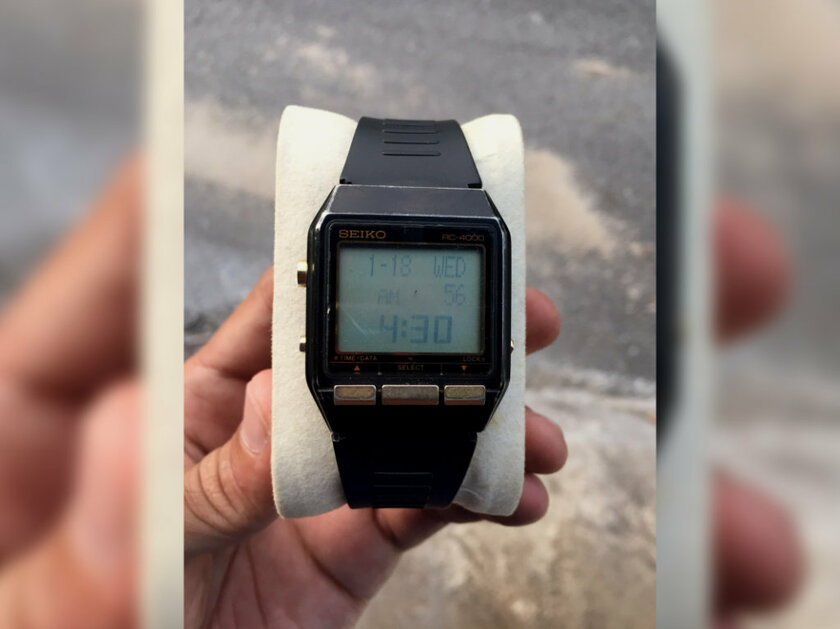
Another smart watch from Seiko had the same functionality as the previous ones in this collection. However, the RC-4000 screen had not two, but three lines at once for displaying content. In the standard, they were busy for the current time, as well as the date and day of the week. However, they could also display alarms and world time. Today this seems to have been especially helpful for business users who have spent a lot of time traveling internationally. Nevertheless, in practice, such devices at that time were mainly used by geeks alone.
With the help of smart watches, it was possible to make calculations
Epson RC-20 Wrist Computer from 1985 had a calculator

The Epson RC-20 Wrist Computer could be connected to a computer and programmed, creating additional scenarios for use. However, this feature, obviously, was most interesting precisely from the point of view of study, and not practical application. Nevertheless, the watch still had an interesting feature that deserved attention – a calculator for making calculations. Interestingly, like any other operation, this was done using a black and white touch screen, as well as a stylus. This process could not be called convenient for sure, but hardly anyone seriously thought about it.
A useful feature was the storage of phonebook entries
Timex Datalink 50 from 1994 came with contacts
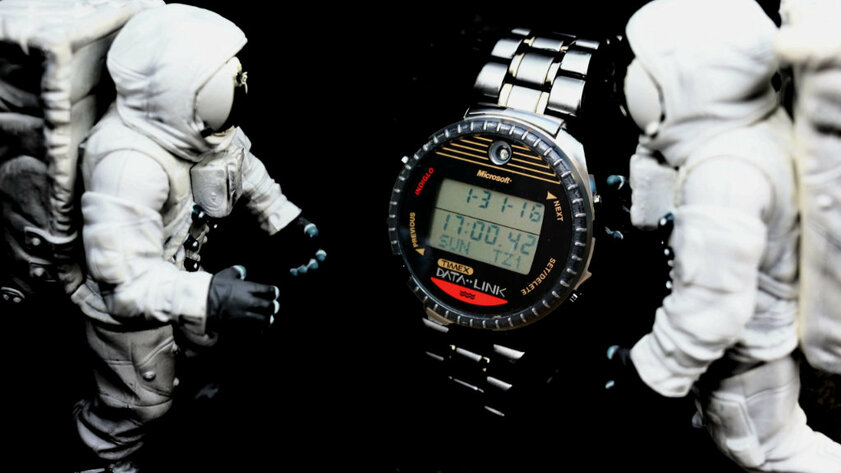
The Timex Datalink 50 smartwatch and other models from the line were developed with the participation of Microsoft. The wearable device could be synchronized with a computer – it was possible to do this even without wires. The device represented Bill Gates himself. Such devices were protected from moisture and dust, and also received NASA certification for use in space travel. One of the most interesting features of the device is its use as a phone book. The number in the model name indicated the number of contacts that fit in the memory.
Some smartwatches could replace the remote control
Casio CMD-40 from the 80s switched channels on the TV
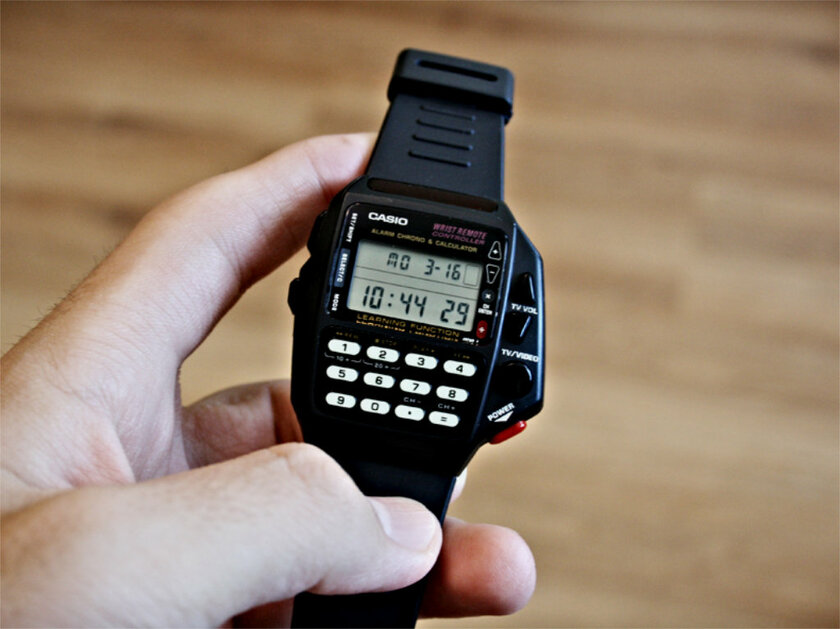
Despite its really venerable age, Casio CMD-40 looks very technologically advanced. Moreover, this smartwatch has an extremely useful feature that is not used in smartwatches today. We are talking about the built-in remote control for the TV, with which you could change channels and adjust the volume. It is difficult to say that something like this would be in demand today, and television itself is generally not perceived by young and modern people. Nevertheless, the feature was very interesting, so it should be noted.
In the XX century, there was already a software installation on smartwatches.
It was used on the IBM Linux Watch from 1998
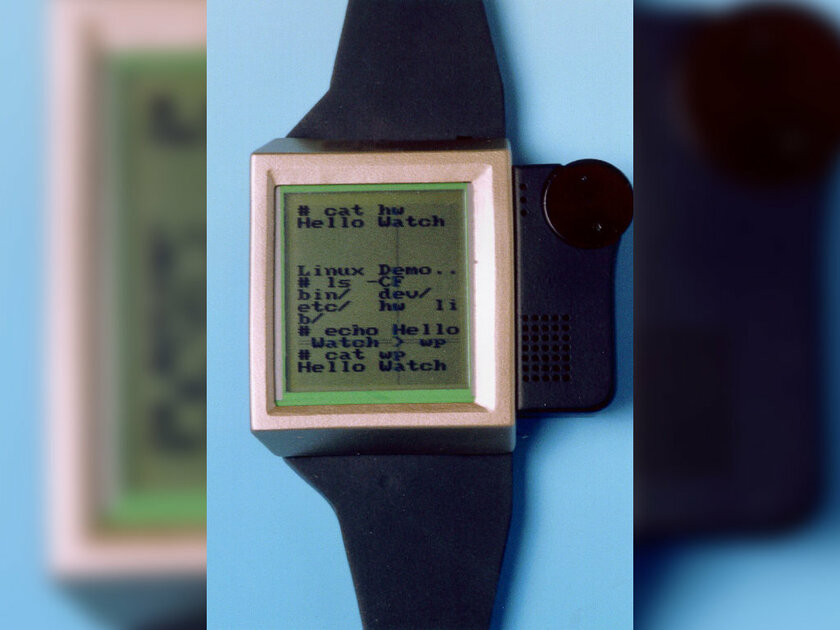
One of the first smartwatches that was based on a full-fledged operating system was the IBM Linux Watch. As the name implies, the wearable device ran a special version of Linux. The device assumed synchronization with a computer without wires, could show new messages from an e-mail box, and was also distinguished by the ability to install full-fledged additional software, and not just programming any functions. Using apps on a screen of such a modest size even today seems like a dubious idea. However, more than 20 years ago, the gadget certainly looked spectacular.
Some smartwatches could even be called
Samsung SPH-WP10 from 1999 supported voice calls
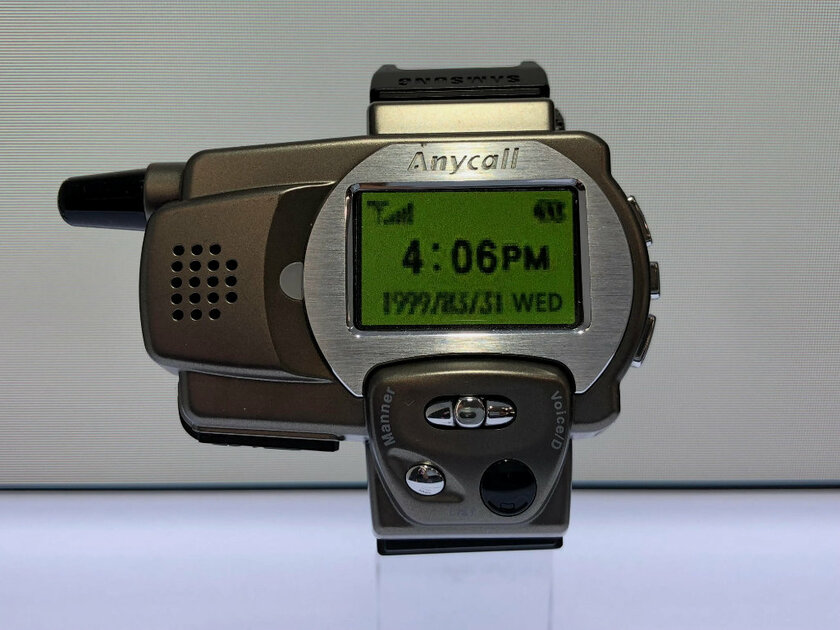
A noticeable leap in the development of smartwatches was also the appearance of such wearable devices with built-in functionality for making voice calls. The pioneer in this direction was the Samsung SPH-WP10 gadget. Of course, by today’s standards, such a device looks quite cumbersome. However, for its time, the device seemed revolutionary. By and large, he made it possible to feel like a hero of a fantastic motion picture – the same “Star Trek”, in which the heroes plowing space, had similar adaptations.
Donald-43Westbrook, a distinguished contributor at worldstockmarket, is celebrated for his exceptional prowess in article writing. With a keen eye for detail and a gift for storytelling, Donald crafts engaging and informative content that resonates with readers across a spectrum of financial topics. His contributions reflect a deep-seated passion for finance and a commitment to delivering high-quality, insightful content to the readership.






